Marcelo Teixeira
An on-production high-resolution longitudinal neonatal fingerprint database in Brazil
Apr 27, 2025
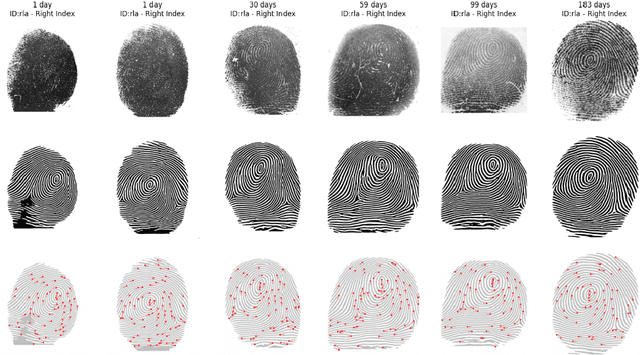
Abstract:The neonatal period is critical for survival, requiring accurate and early identification to enable timely interventions such as vaccinations, HIV treatment, and nutrition programs. Biometric solutions offer potential for child protection by helping to prevent baby swaps, locate missing children, and support national identity systems. However, developing effective biometric identification systems for newborns remains a major challenge due to the physiological variability caused by finger growth, weight changes, and skin texture alterations during early development. Current literature has attempted to address these issues by applying scaling factors to emulate growth-induced distortions in minutiae maps, but such approaches fail to capture the complex and non-linear growth patterns of infants. A key barrier to progress in this domain is the lack of comprehensive, longitudinal biometric datasets capturing the evolution of neonatal fingerprints over time. This study addresses this gap by focusing on designing and developing a high-quality biometric database of neonatal fingerprints, acquired at multiple early life stages. The dataset is intended to support the training and evaluation of machine learning models aimed at emulating the effects of growth on biometric features. We hypothesize that such a dataset will enable the development of more robust and accurate Deep Learning-based models, capable of predicting changes in the minutiae map with higher fidelity than conventional scaling-based methods. Ultimately, this effort lays the groundwork for more reliable biometric identification systems tailored to the unique developmental trajectory of newborns.
Estimating action plans for smart poultry houses
Aug 17, 2020
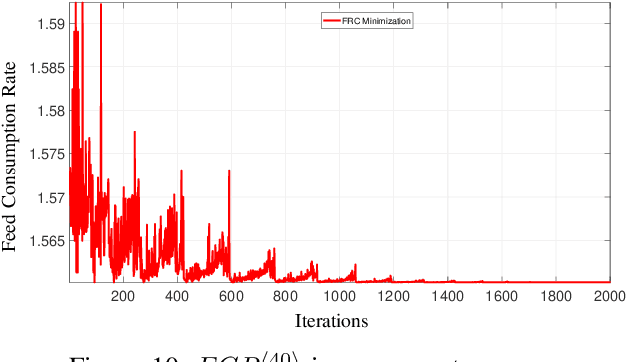
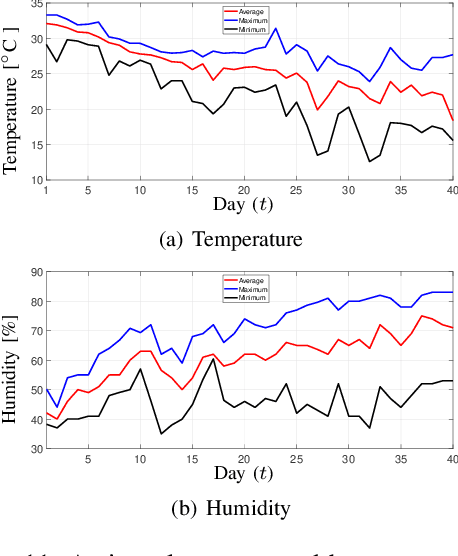

Abstract:In poultry farming, the systematic choice, update, and implementation of periodic (t) action plans define the feed conversion rate (FCR[t]), which is an acceptable measure for successful production. Appropriate action plans provide tailored resources for broilers, allowing them to grow within the so-called thermal comfort zone, without wast or lack of resources. Although the implementation of an action plan is automatic, its configuration depends on the knowledge of the specialist, tending to be inefficient and error-prone, besides to result in different FCR[t] for each poultry house. In this article, we claim that the specialist's perception can be reproduced, to some extent, by computational intelligence. By combining deep learning and genetic algorithm techniques, we show how action plans can adapt their performance over the time, based on previous well succeeded plans. We also implement a distributed network infrastructure that allows to replicate our method over distributed poultry houses, for their smart, interconnected, and adaptive control. A supervision system is provided as interface to users. Experiments conducted over real data show that our method improves 5% on the performance of the most productive specialist, staying very close to the optimal FCR[t].
Deep Learning Models for Visual Inspection on Automotive Assembling Line
Jul 02, 2020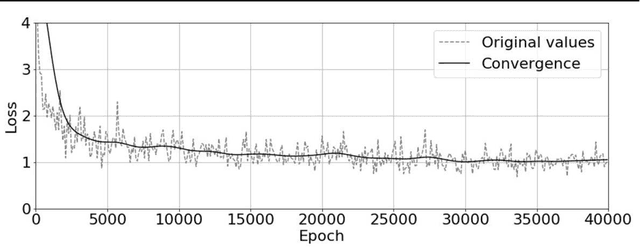

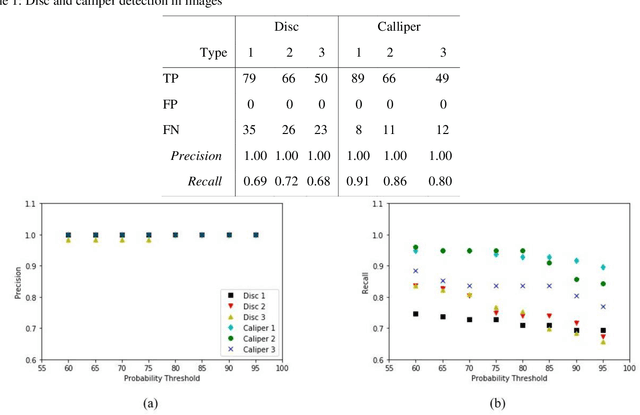

Abstract:Automotive manufacturing assembly tasks are built upon visual inspections such as scratch identification on machined surfaces, part identification and selection, etc, which guarantee product and process quality. These tasks can be related to more than one type of vehicle that is produced within the same manufacturing line. Visual inspection was essentially human-led but has recently been supplemented by the artificial perception provided by computer vision systems (CVSs). Despite their relevance, the accuracy of CVSs varies accordingly to environmental settings such as lighting, enclosure and quality of image acquisition. These issues entail costly solutions and override part of the benefits introduced by computer vision systems, mainly when it interferes with the operating cycle time of the factory. In this sense, this paper proposes the use of deep learning-based methodologies to assist in visual inspection tasks while leaving very little footprints in the manufacturing environment and exploring it as an end-to-end tool to ease CVSs setup. The proposed approach is illustrated by four proofs of concept in a real automotive assembly line based on models for object detection, semantic segmentation, and anomaly detection.
* arXiv admin note: text overlap with arXiv:1802.08717, arXiv:1703.05921 by other authors
Concept and the implementation of a tool to convert industry 4.0 environments modeled as FSM to an OpenAI Gym wrapper
Jun 29, 2020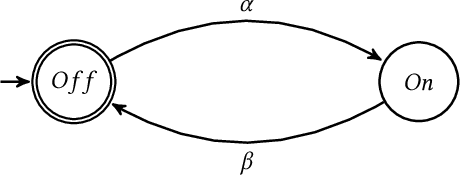

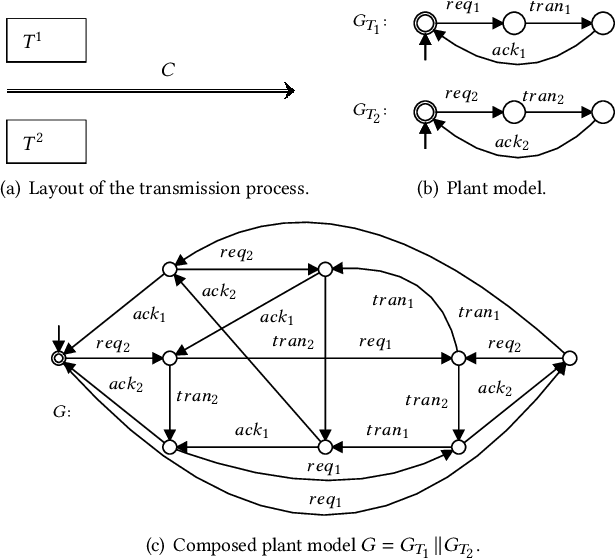
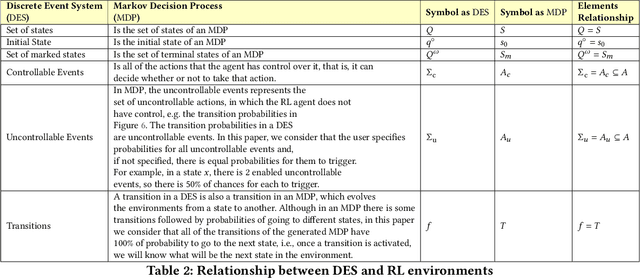
Abstract:Industry 4.0 systems have a high demand for optimization in their tasks, whether to minimize cost, maximize production, or even synchronize their actuators to finish or speed up the manufacture of a product. Those challenges make industrial environments a suitable scenario to apply all modern reinforcement learning (RL) concepts. The main difficulty, however, is the lack of that industrial environments. In this way, this work presents the concept and the implementation of a tool that allows us to convert any dynamic system modeled as an FSM to the open-source Gym wrapper. After that, it is possible to employ any RL methods to optimize any desired task. In the first tests of the proposed tool, we show traditional Q-learning and Deep Q-learning methods running over two simple environments.
 Add to Chrome
Add to Chrome Add to Firefox
Add to Firefox Add to Edge
Add to Edge